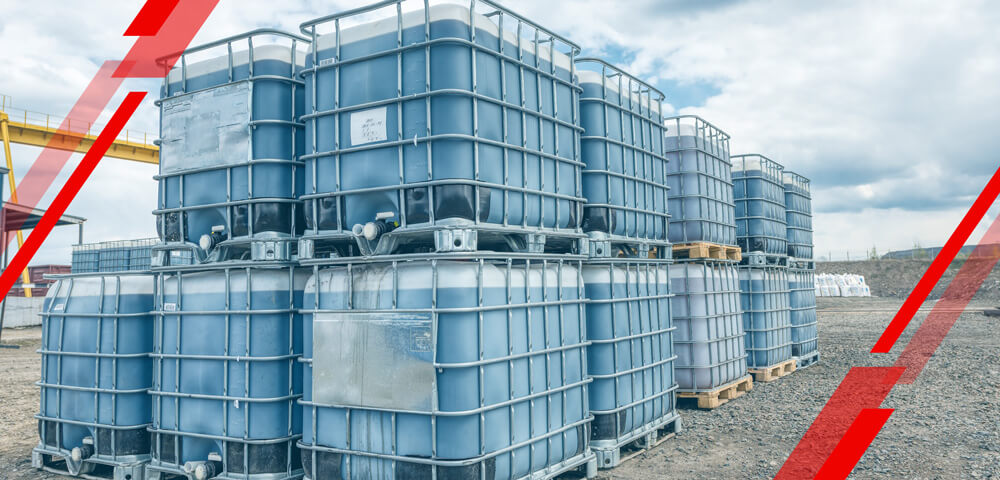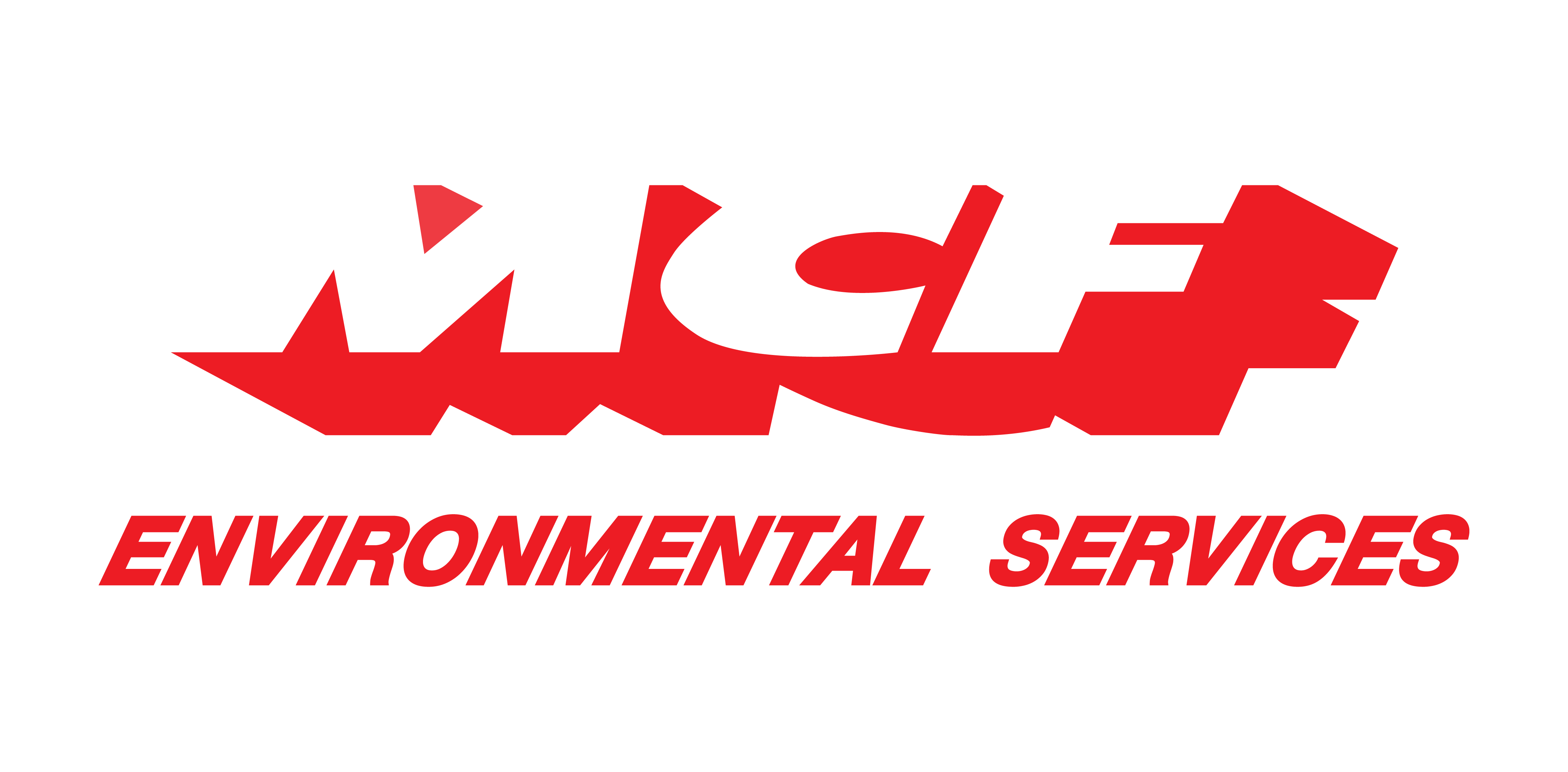
/ IN THIS BLOG
01 / Introduction
Most people who deal with hazardous waste disposal on one level or another are familiar with a paperwork requirement called the hazardous waste profile, formerly called a “waste characterization profile.”
A hazardous waste profile requires you to list the chemical properties of a waste so as to determine its classification for EPA treatment, storage, and disposal requirements, as well as for DOT shipping regulations.
What might be news to the uninitiated, however, is that a similar profile is required for any nonhazardous waste you might want to ship offsite to a treatment/storage/disposal facility (TSD).
In other words, hazardous or not, you must analyze a waste, document what you find, and present the info to a TSD before you can transport it, and they can accept it.
To the extent that they’re different, this blog compares & contrasts a hazardous waste profile from its nonhazardous counterpart.
02 / What is a hazardous waste profile?
The EPA dictates that you must create a hazardous waste profile for any occurrence of hazardous waste disposal. It must be presented to a TSD prior to its arrival, otherwise the TSD cannot accept it under penalty of law. Among the reasons for this:
Listing every chemical constituent of a hazardous waste allows the TSD to determine in advance of delivery whether they’re legally qualified to accept it and—if so—how they’ll manage it (e.g. landfill, incineration, or further processing).
It also addresses the workaday concern about whether the TSD has physical room for the waste at the time you anticipate it’ll arrive on their site.
Remember that a hazardous waste profile is different from a hazardous waste manifest. The “profile” lists the chemical constituents of a waste; the “manifest” is used to track it from “cradle to grave.”
The data you need to complete a hazardous waste profile should be available in your Waste Analysis Plan, a document you filed as part of the EPA process for applying to generate & manage hazardous waste in the first place.
You can reacquaint yourself with the requirements of a Waste Analysis Plan here. But loosely speaking, your hazardous waste profile has to do with a specific waste you need to dispose of, while your Waste Analysis Plan talks about all the hazardous materials you manage.
03 / What are hazardous waste-profile information requirements?
A typical hazardous waste profile form will require that you list:
The chemical composition of the hazardous waste
How it was created (End-of-life chemical? Industrial byproduct? Accidental spill?)
Its form (Liquid? Solid? Sludge?)
Whether it’s odorous
Whether it’s volatile and (if so) its flashpoint
Whether you intend to transport it in boxes, drums, or whatever
Its DOT description
04 / Can I reuse a hazardous waste profile?
In a word: yes. If you regularly ship a specific kind and amount of hazardous waste to a TSD, it’s logical that you could send it along with the exact same hazardous waste profile each time. But you need to be cautious that the scientific or industrial process that produces that hazardous waste hasn’t significantly changed over time.
When that happens, the chemical composition of the hazardous waste might have evolved from the first time you created its hazardous waste profile. For this reason, it’s prudent to review each hazardous waste profile to ensure it remains true to the hazardous waste you’re delivering to the TSD; and it’s a good idea to perform annual reviews with your TSD vendor to vet each hazardous waste profile you have on record.
05 / How long must a hazardous waste profile be kept?
The length of time that a hazardous waste profile must be kept extant varies from state to state. A typical requirement is that a generator shall keep records of any test results, waste analyses, or other determinations for at least 3 years from the date that the waste was last sent for onsite or offsite treatment, storage, or disposal.
06 / What is a nonhazardous waste profile?
A nonhazardous waste profile basically asks the same questions as a hazardous waste profile, but rather than documenting the chemical constituents of a hazardous waste, it’s a sort of affidavit confirming that the waste in question isn’t so dangerous as to be considered a hazardous waste by the EPA.
However, that’s not to say that nonhazardous wastes are always considered benign and can be treated like everyday garbage. They have their own special treatment, storage, and disposal requirements. And remember that state & local waste-management regulations are typically in excess of the EPA’s. For all these reasons, it’s crucial to get expert advice.
Consider the wastes listed below, which while not technically “hazardous” per the EPA, nevertheless cannot be simply tossed into a dumpster.
07 / What are some examples of nonhazardous waste?
Agricultural wastes such as animal manure, urine, and bedding material
Construction debris including wood, glass, concrete, asphalt, bricks, gypsum, plastics, solvents, and metal parts
Industrial wastes like sugars, lactic acid, bromide, and carbonates
Certain medical waste such as old equipment and non-contaminated animal tissue
Municipal solids like packaging, furniture, consumer electronics, clothing, bottles, food remnants, appliances, paint, and yard waste
08 / What are your legal liabilities regarding a hazardous waste profile?
Whether hazardous or nonhazardous, any waste profile you develop will be presented to a TSD facility over your signature (or that of one of your listed managers) to guarantee its truthfulness. Thus, accuracy is vital for avoiding EPA fines, sanctions, or even criminal penalties.
A typical affidavit will read something like the one below, which in this case happens to be for a nonhazardous substance:
“I hereby warrant that the material transferred to (this TSD) for treatment, storage and/or disposal is not a hazardous or regulated waste, nor is it contaminated with any hazardous waste or toxic substances, and I hereby agree to indemnify and hold (this TSD) harmless from any costs, damages, or other liabilities resulting from breach of this warranty or any other terms and conditions of this waste profile sheet. By signing below, I certify that all information, including any attached documentation, is a complete and accurate representation of the waste and its known or suspected hazards.”
09 / Get expert help!
Whether hazardous or nonhazardous, it’s your responsibility to create an accurate waste profile prior to shipment, and the requirements for doing so are manifold, complicated, and tend to change over time: reasons why it’s crucial to partner with a reputable hazardous waste disposal company that has demonstrable knowledge, experience, and resources to help you complete one accurately.
Although a hazardous waste disposal company cannot legally complete a hazardous waste profile on your behalf, they can nonetheless provide expert guidance in doing so: saving you time & financial resources while minimizing your legal risks.
Learn more here. And thank you for reading our blog!
Robert Losurdo
President, COO








